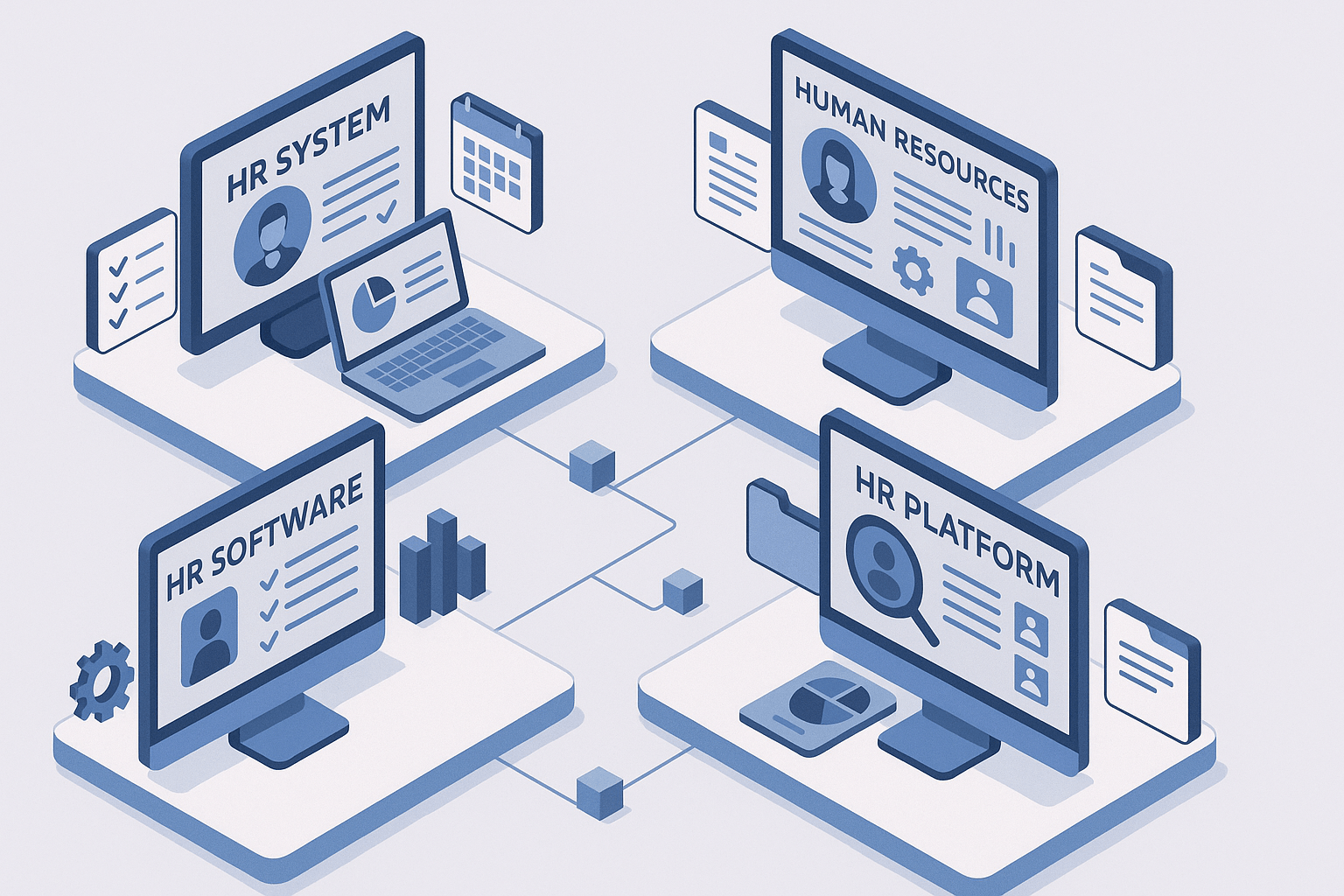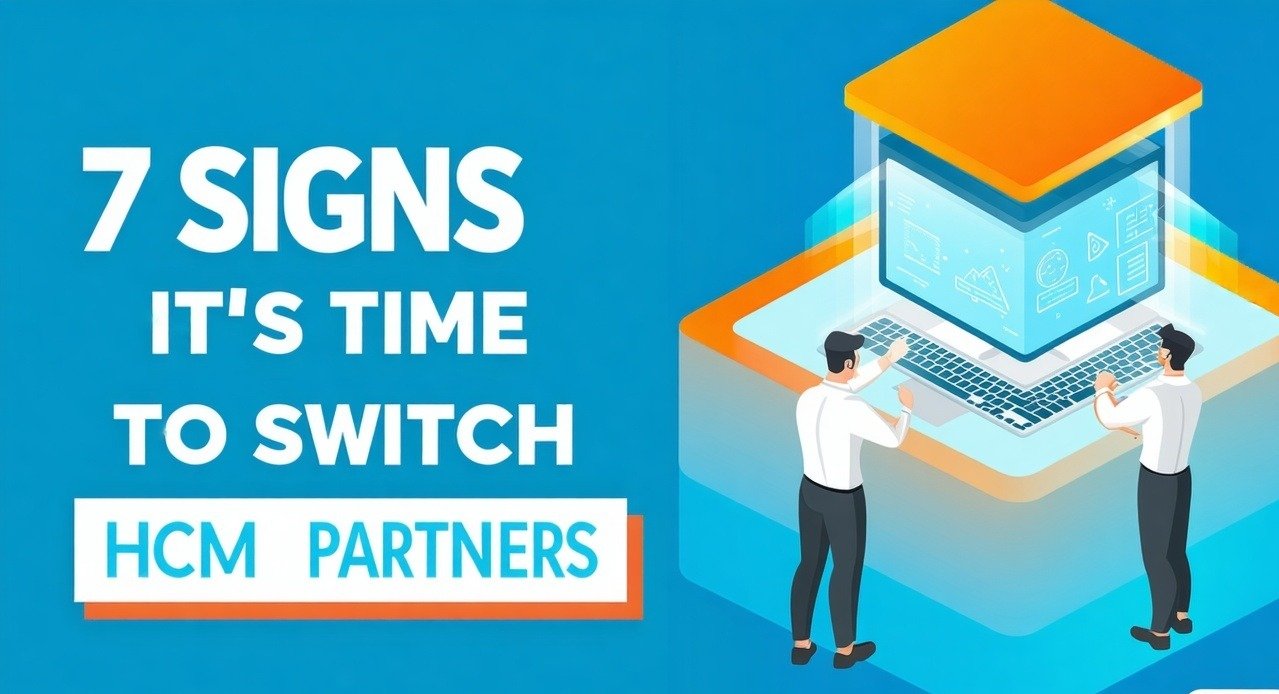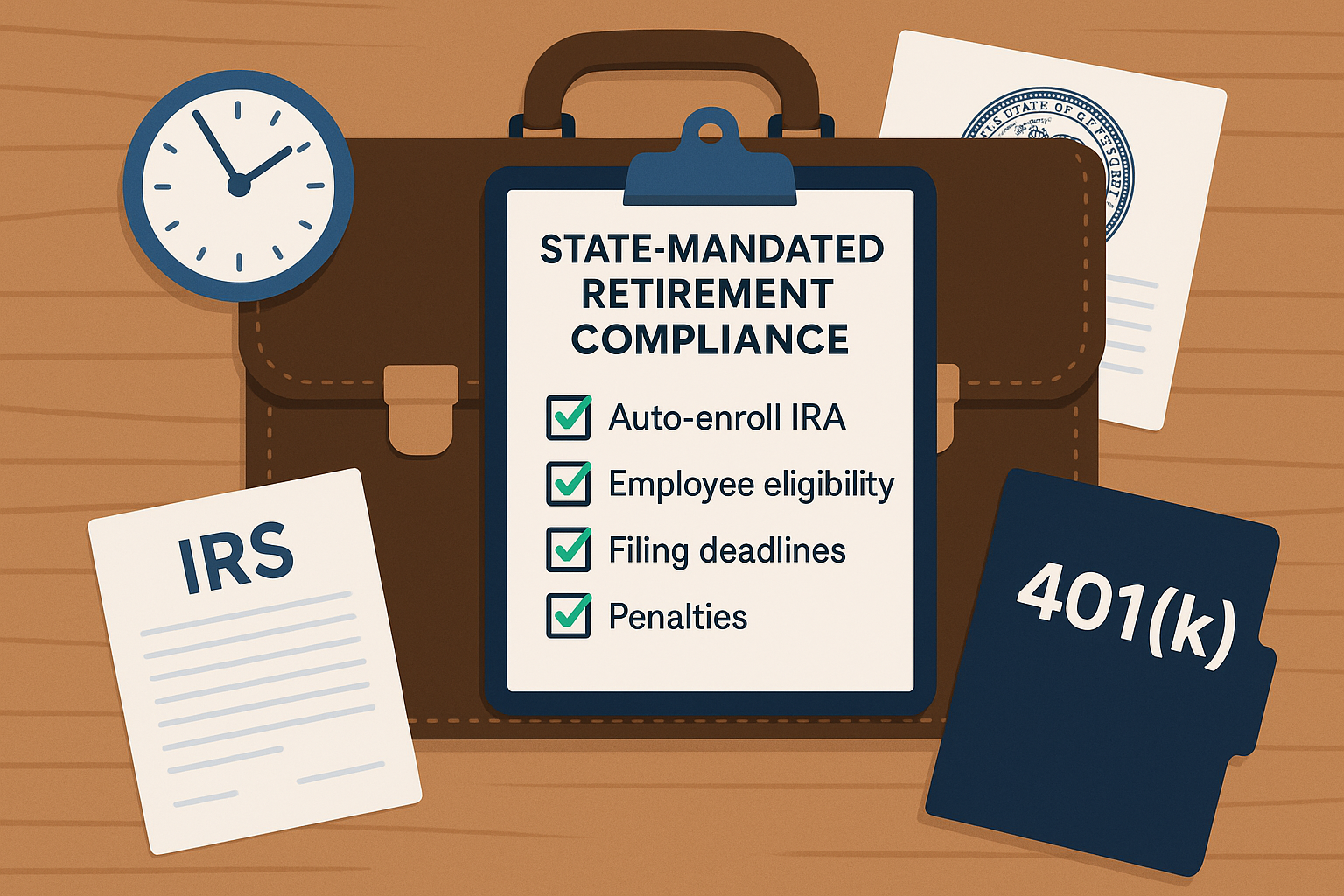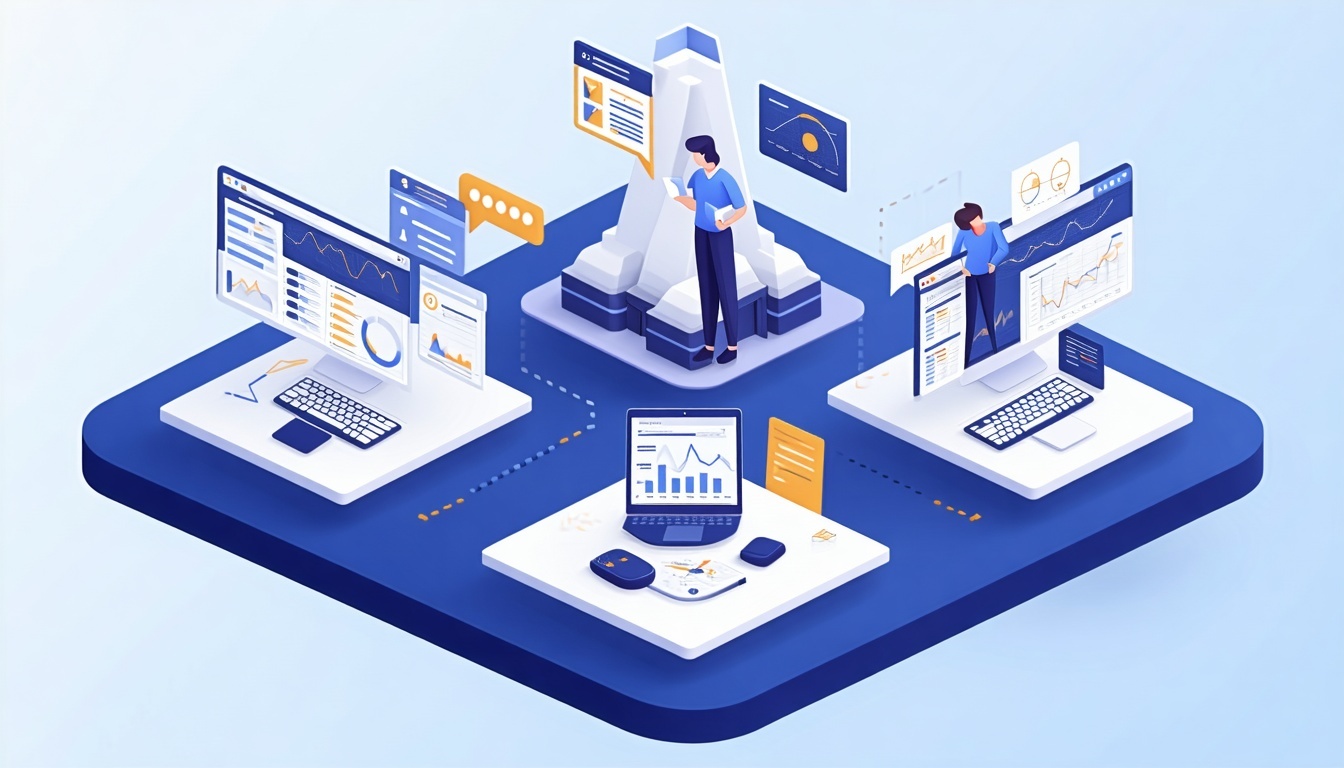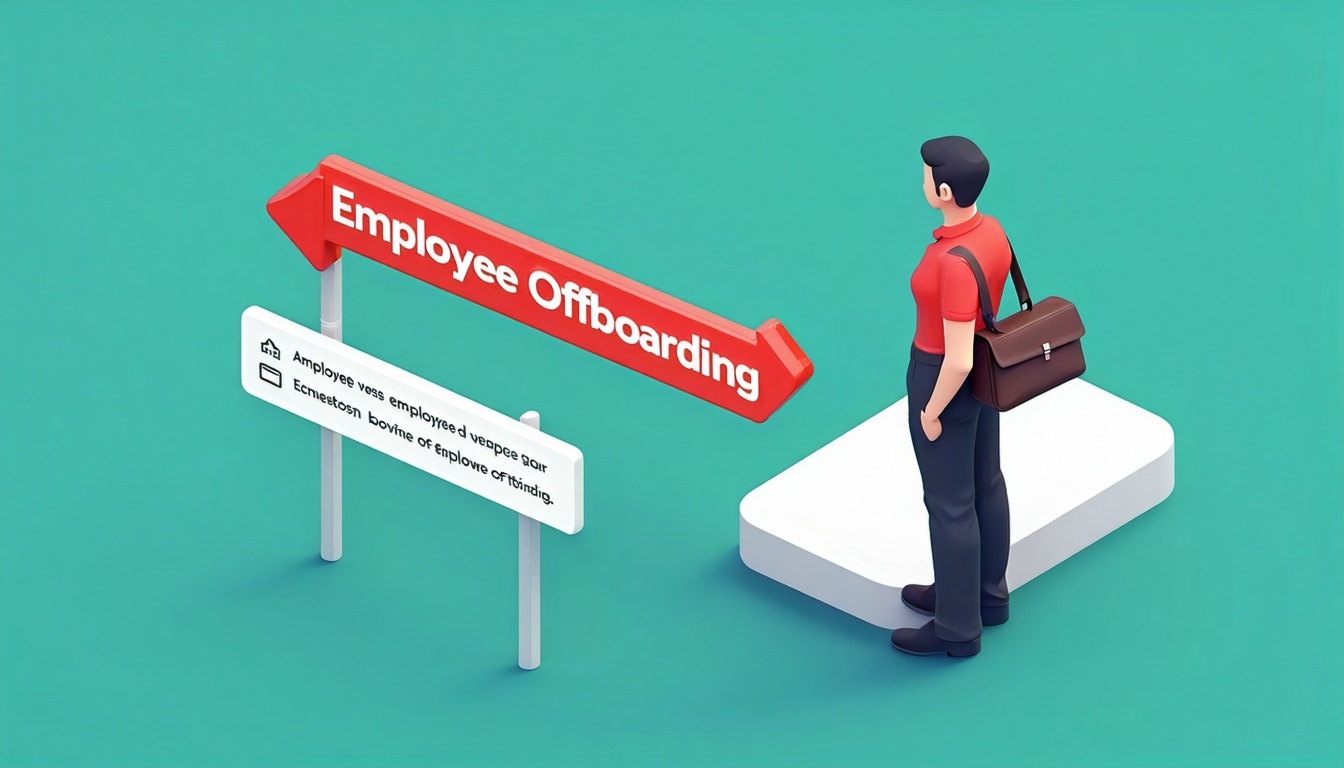Are Your W-2s Safe? Understanding How Hackers Target Tax Data
August 19th, 2025
8 min read
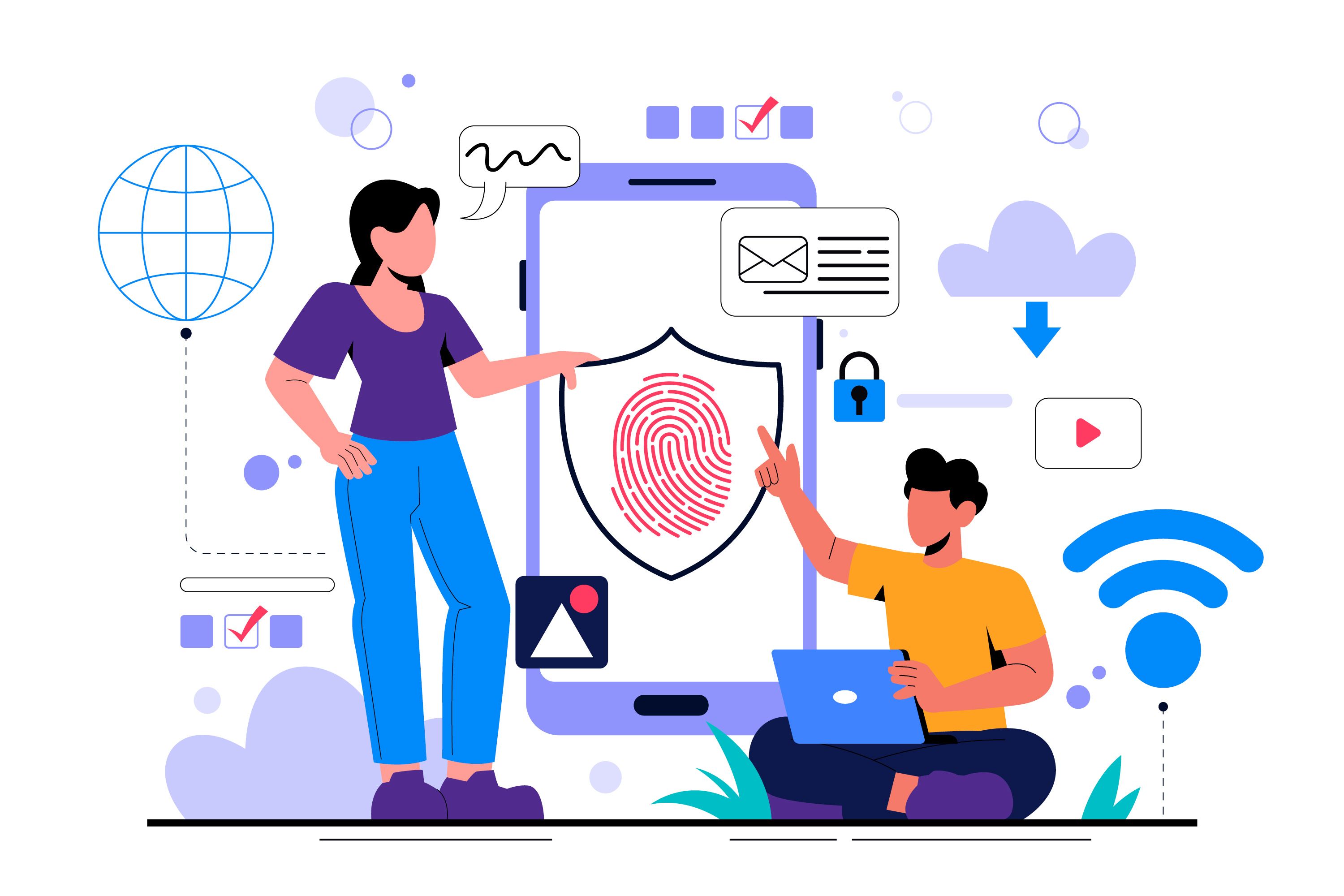
Did you know Business Email Compromise (BEC) attacks resulted in $2.77 billion in reported losses in 2024 alone, with W-2 data theft representing a significant portion of these sophisticated social engineering schemes.
If you're in HR or payroll, you know that tax season brings more than just deadlines—it brings cybercriminals. Year after year, W-2s are stolen in droves, and no matter how much your company invests in cybersecurity, the attacks keep coming.
At Lift HCM, we’ve seen firsthand how even the most diligent organizations fall victim to these sophisticated scams. It’s not always due to technical failures—often, it’s just one well-placed email that sets off a costly chain of events.
In this article, we’ll explain exactly how hackers are targeting your W-2s, why traditional security methods aren’t stopping them, and what proactive steps your company can take to defend against these persistent threats.
Table of Contents
- What Makes W-2s Such Attractive Targets?
- How Do Hackers Target Your W-2 Data?
- Why Traditional Security Measures Fall Short
- How Are W-2 Threats Evolving?
- What Can You Do? Building Comprehensive Defense
- Frequently Asked Questions
- Quick Reference Security Checklist
- The Path Forward: From Vulnerability to Vigilance
What Makes W-2s Such Attractive Targets?
W-2 forms contain comprehensive personally identifiable information that makes them extremely valuable to cybercriminals:
- Full legal names and addresses
- Social Security numbers
- Detailed income information
- Employer identification data
This comprehensive dataset enables criminals to:
- File fraudulent tax returns
- Apply for loans and credit lines
- Commit long-term identity theft
- Launch targeted phishing campaigns
💡 Pro Insight: Unlike credit cards that can be quickly canceled, W-2 data remains valuable to criminals for years after theft.
How Do Hackers Target Your W-2 Data?
Spear Phishing: The Primary Attack Vector
In 2025, the IRS continues to see the "new client" scam, which involves spear phishing attempts that target tax professionals. These attacks use highly personalized emails designed to deceive specific individuals within organizations.
Common spear phishing scenarios:
- CEO impersonation requesting "urgent" W-2 data
- Cybercriminals impersonate new, potential clients to trick tax professionals and other businesses into responding to their emails
- Fraudulent vendor communications requesting employee information
- Internal IT "security updates" requiring credential verification
Business Email Compromise (BEC) Schemes
BEC was the second most costly cybercrime in 2024, resulting in $2.77 billion in reported losses across 21,442 incidents. The FBI describes BEC as targeting "employees with access to company finances and trick them into making wire transfers to bank accounts thought to belong to trusted partners".
How BEC attacks work:
- Cybercriminals research organizational structure
- They may spend weeks or months studying the organization's vendors, billing systems, and the CEO's style of email communication
- Craft convincing executive impersonation emails
- Request immediate W-2 transmission for "critical business needs"
Malicious Attachments and Technical Exploits
According to the 2024 Verizon Data Breach Investigation Report (DBIR), 94% of malware is delivered through email attachments. Once the tax professional responds, the scammer sends a malicious attachment or URL that can compromise the preparer's computer systems and allow the attacker to access sensitive client information.
Red flag indicators:
- Unexpected attachments from unknown senders
- Links to "secure portals" requiring immediate login
- Urgent software updates outside normal IT channels
- Awkwardly phrased sentences and odd word usage in emails
Why Traditional Security Measures Fall Short
The Human Factor: Your Biggest Vulnerability
According to the 2024 Verizon DBIR, the human element is contained in 68% of breaches. Even advanced technical defenses struggle against sophisticated social engineering tactics that exploit human psychology rather than technical vulnerabilities.
Psychological manipulation tactics:
- Authority bias: Employees conditioned to follow executive requests
- Time pressure: The email's content creates urgency and authority, leveraging the employee's conditioned response to executive requests
- Social proof: References to "standard procedures" or "company policy"
- Trust exploitation: Using spoofing tools to direct email responses to accounts criminals control
Organizational Blind Spots
Common security oversights:
- Last year, the IRS received hundreds of reports at phishing@irs.gov of the new client scam
- Limited employee awareness of evolving threat tactics
- Insufficient verification procedures for sensitive data requests
- Failure to verify the authenticity of requests through face-to-face or voice-to-voice communications
How Are W-2 Threats Evolving?
Expanding Target Demographics
Cybercriminals impersonate new, potential clients to trick tax professionals and other businesses, with attacks now targeting:
- Educational institutions: Schools experiencing dangerous W-2 phishing scams
- Healthcare organizations: Hospitals targeted in phishing schemes
- Non-profit organizations: Including tribal groups and community organizations
- Small businesses: Increasingly targeted due to often limited security resources
Social Media and Technology Integration
Another growing concern in 2025 continues to involve incorrect tax information on social media that can mislead honest taxpayers with bad advice, potentially leading to identity theft and tax problems.
Modern attack vectors include:
- Social media platforms routinely circulate inaccurate or misleading tax information, including on TikTok where people share wildly inaccurate tax advice
- Sophisticated email spoofing techniques
- Access to stolen email accounts allowing scammers to find legitimate emails between victims and their tax preparers
What Can You Do? Building Comprehensive Defense
Technical Security Implementation
Essential technology stack:
- Multi-factor authentication on all payroll systems
- Email authentication protocols (SPF, DKIM, DMARC implementation)
- Advanced threat protection with behavioral analysis
- Endpoint detection and response solutions
- Network segmentation isolating sensitive data systems
Critical Organizational Policy Framework
Dual Authorization Protocol:
- The IRS recommends using a two-person review process when receiving requests for Forms W-2
- Out-of-band confirmation through separate communication channel
- Verify the authenticity of requests to send money by walking into the CEO's office or speaking to him or her directly on the phone
- Written documentation of request source and authorization
Verification Procedures:
- The IRS also recommends that businesses require that any requests for payroll be submitted through an official process, like the employer's human resources portal
- Individuals should verify the identity of the sender by using another communication method; for instance, calling a number they independently know to be accurate
Employee Training and Awareness
Comprehensive training program components:
Recognition Training:
- Tax professionals should be wary of phishing emails where cyberthieves send emails from stolen email addresses
- Understanding common social engineering tactics
- Identifying suspicious email patterns and requests
- Learning to recognize alarming language such as "Your account has now been put on hold," or "Unusual Activity Report"
Role-specific training modules:
- HR personnel: Advanced social engineering recognition
- Finance teams: Wire fraud prevention protocols
- Executive assistants: Authority verification procedures
- IT staff: Technical threat identification
Rapid Response Protocol
Immediate response checklist:
If You Suspect a Scam:
- If you receive a phone call from someone claiming to be from the IRS but you suspect they are not an IRS employee: View your tax account information online
- As a reminder, never click on any unsolicited communication claiming to be from the IRS as it may surreptitiously load malware
- Preserve the original suspicious email for investigation
If You've Been Victimized:
- Contact your financial institution immediately and request that they contact the financial institution where the fraudulent transfer was sent
- Report the incident to phishing@irs.gov and also file a complaint with the FBI's Internet Crime Complaint Center (IC3)
- If you are a victim of this scam (e.g., you responded by sending the W-2s) please email dataloss@irs.gov
Frequently Asked Questions
What should I do if I accidentally sent W-2s to a phishing email?
- Email dataloss@irs.gov immediately with details of the incident
- Send full email headers to phishing@irs.gov (Subject: W-2 Scam)
- Contact your financial institution to monitor for suspicious activity
- File a complaint with the FBI's Internet Crime Complaint Center (IC3)
- Notify affected employees of the potential data breach
💡 Pro Insight: Speed is critical - the faster you report, the better chance law enforcement has to freeze stolen funds and prevent further damage.
Legal Requirements:
- Report to Treasury Inspector General for Tax Administration (TIGTA)
- File with Federal Trade Commission
- Check state-specific breach notification requirements
How can I verify if a W-2 request email is legitimate?
IRS Official Guidance:
- The IRS never initiates contact via email, text, or social media requesting personal or financial information
- Face-to-face or voice-to-voice verification is the only reliable method
- Call the requester directly using a known phone number (not contact info from the email)
Red Flag Indicators:
- Urgent language or time pressure
- Requests sent outside normal business hours
- Slight variations in email addresses (john.kelly vs john.kelley)
- Generic greetings or awkward phrasing
Where do I report suspected W-2 phishing attempts?
Primary Reporting Channels:
For W-2 Phishing (Whether Victim or Not):
- Email: phishing@irs.gov (Subject: W-2 Scam)
- Include: Full email headers, not screenshots
- Specify: Whether you are a victim or just received the attempt
For Financial Losses:
- Treasury Inspector General for Tax Administration (TIGTA)
- Federal Trade Commission
- FBI Internet Crime Complaint Center (IC3)
Additional Resources:
- Forward to your internet service provider's abuse department
- Contact local attorney general's consumer protection office
💡 Pro Insight: The IRS specifically tracks W-2 scams separately from other BEC variants - always specify "W-2 Scam" in subject lines.
What information should I include when reporting a phishing attempt?
Essential Information:
- Full email headers (not screenshots or scanned images)
- Telephone numbers (caller ID and callback numbers)
- Employee details (if impersonating staff)
- Exact date and time of the communication
- Geographic location where you received the contact
For Phone Scams, Also Include:
- Employee name and badge number (if provided)
- Brief description of the communication
- Whether you provided any information
📊 Documentation Tip: Screenshots remove valuable technical information that law enforcement needs for investigation.
How can I protect my organization from W-2 phishing attacks?
IRS-Recommended Safeguards:
Technical Implementation:
- Multi-factor authentication on all payroll systems
- Email authentication protocols (SPF, DKIM, DMARC)
- Endpoint protection with behavioral analysis
- Network segmentation for sensitive data
Process Controls:
- Two-person verification for all W-2 requests
- Official HR portal requirements for payroll requests
- Out-of-band confirmation through separate communication channels
- Written documentation of all authorization processes
Training Requirements:
- Regular phishing simulation exercises
- Role-specific security awareness training
- Recognition of social engineering tactics
- Emergency response procedures
💡 Pro Insight: The IRS emphasizes that face-to-face or voice-to-voice communication is the most effective defense against email-based deception.
What should I do if I receive a suspicious IRS-related phone call?
Immediate Verification Steps:
- Do not provide any information and hang up
- Check your account online at IRS.gov to verify actual amounts owed
- Call the IRS directly using official numbers from IRS.gov
- Document the incident with caller ID and callback numbers
Reporting Requirements:
- Email: phishing@irs.gov (Subject: IRS Phone Scam)
- File complaints with FTC, FCC, and state attorney general
- Report to TIGTA for IRS-related incidents
Call Blocking Strategy:
- Install call blocking software on smartphones
- Report unwanted calls to carrier spam services
- Register with National Do Not Call Registry
💡 Pro Insight: IRS impersonation calls remain one of the most popular scam types, often targeting seniors and small business owners.
How do I know if an IRS letter or notice is legitimate?
Verification Process:
- Search IRS.gov using the letter or form number
- Compare formatting with official IRS forms and instructions
- Check for consistent instructions with IRS website guidance
- Verify contact information matches official IRS resources
Warning Signs:
- Instructions differ from IRS.gov guidance
- Request for immediate payment via unusual methods
- Threats of immediate arrest or legal action
- Requests for personal information via email or text
If Suspicious:
- Report to TIGTA and phishing@irs.gov
- Contact IRS directly using official channels
- Do not respond to the suspicious communication
📊 Fraud Alert: Fraudsters often modify legitimate IRS letters and forms to appear authentic.
How much financial damage do W-2 breaches typically cause?
Verified 2024 Statistics:
- $2.77 billion in total BEC losses (FBI IC3 Report)
- 21,442 reported incidents in 2024 alone
- Average of $129,000 per BEC incident
- $4.88 million average cost per phishing breach
Recovery Success:
- FBI Recovery Asset Team froze $561.6 million in 2024
- Recovery success depends on rapid reporting
- Most funds are moved quickly to cryptocurrency or offshore accounts
Long-term Impact:
- Identity theft costs for affected employees
- Regulatory compliance and legal fees
- Reputation damage and client trust erosion
- Increased insurance premiums
What are the current W-2 phishing trends I should watch for?
2024-2025 Active Threats:
"New Client" Scams:
- Cybercriminals impersonate potential clients
- Target tax professionals and HR departments
- Often contain malicious attachments or links
- May use stolen email accounts for authenticity
Business Email Compromise Evolution:
- More sophisticated social engineering
- Combined W-2 theft and wire transfer requests
- Targeting of educational institutions and healthcare
- Use of legitimate-appearing email domains
Social Media Integration:
- Misleading tax advice on platforms like TikTok
- Fake IRS social media accounts
- "Helpful" third parties offering IRS account setup
- Stock investment scams using fake IRS documents
💡 Pro Insight: The IRS reports hundreds of new client scam reports annually, with the tactic representing two-thirds of all BEC complaints.
Quick Reference Security Checklist
Immediate Implementation (This Week):
Enable multi-factor authentication on payroll systems
Establish two-person review process for W-2 requests
Create face-to-face or voice-to-voice verification procedures
Update employee contact information for verification
Short-term Goals (Next Month):
Implement email authentication protocols
Require payroll requests through official HR portal processes
Review and update incident response plan
Train staff on recognizing awkwardly phrased sentences and odd word usage in emails
Long-term Strategy (Next Quarter):
Deploy advanced threat protection solutions
Establish comprehensive employee training program
Implement network segmentation for sensitive data
Develop ongoing security awareness culture
The Path Forward: From Vulnerability to Vigilance
The landscape of W-2 security requires a proactive approach that combines robust technical safeguards with human-centered security awareness. Organizations that focus on prevention rather than recovery see significantly better outcomes in protecting sensitive employee data.
Your next steps:
- Assess current vulnerabilities using our security checklist
- Implement immediate protective measures including two-person verification for W-2 requests
- Develop verification protocols that require face-to-face or voice-to-voice communications
- Establish monitoring and response protocols including proper reporting to phishing@irs.gov and ic3.gov
At Lift HCM, we understand that effective W-2 protection requires more than technology—it demands a strategic approach combining proven security frameworks with continuously educated teams.
Ready to transform your W-2 security posture? Our human capital management experts can help you implement the verified security protocols recommended by the FBI and IRS to protect your most sensitive employee data while maintaining operational efficiency.
Take the first step toward building unbreachable W-2 protection for your organization and grab your free Information Security Self-Assessment Checklist!
At Lift HCM, we don't just advise on W-2 security best practices—we implement them rigorously within our own organization. Our internal security framework demonstrates the same level of protection we bring to client partnerships.
Caitlin Kapolas is a results-driven professional with a strong background in account management and retail. She is dedicated to improving client experiences and building lasting relationships. Caitlin excels in identifying client needs, resolving issues, and implementing customized solutions that drive value. Her effective communication skills ensure high client satisfaction and loyalty, making her a trusted advisor and partner in meeting client needs with precision and professionalism.







.png?width=473&height=315&name=Digital%20Employee%20Experience%20DEX%20in%20HCM-21%20(1).png)




